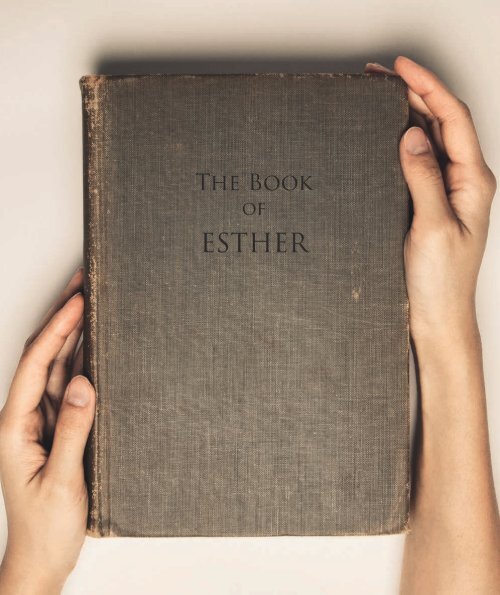Movement magazine issue 154
The Student Christian Movement's magazine.
The Student Christian Movement's magazine.
You also want an ePaper? Increase the reach of your titles
YUMPU automatically turns print PDFs into web optimized ePapers that Google loves.
A SPOTLIGHT ON<br />
THE BOOK OF ESTHER<br />
The book of Esther deserves more attention than it often receives: for many<br />
Christians it is suspect. However, included in our canon, it stands with every<br />
other biblical book as ‘the word of God’.<br />
Origins and historical context<br />
Although the book can be dated anywhere between<br />
465 BCE (the death of ‘Ahasuerus’) and 70CE, recent<br />
scholarship has narrowed its composition down to<br />
the late 5th or early 4th century, which is not long<br />
after the events it purports to describe.<br />
Its setting is the Persian Empire, after Cyrus (whom<br />
Deutero-Isaiah heralded as God’s servant - Isaiah<br />
45. 1-7) had allowed the captive Israelites to return<br />
home. Many, however, had become assimilated into<br />
Persian society and prospered, so remained there in<br />
the Diaspora. The policy of the Assyrian empire that<br />
had defeated and deported them (before they in turn<br />
were overrun by the Persians), was to encourage<br />
integration between its subject peoples to cement<br />
loyalty to the state rather than to particular lands.<br />
This was especially problematic for Israel for whom<br />
not only nationhood but faith was founded on God’s<br />
promise of the land, so they developed strategies<br />
both outward (e.g. the synagogue) and inward<br />
(e.g. collecting their oral and written traditions) for<br />
maintaining their identity away from ‘home’. Although<br />
Esther contains no mention of God, nor does it reflect<br />
Jewish faith practices, attentive reading reveals<br />
resonances throughout with Israel’s historic faith<br />
story. ,The story also recounts the origin of one of<br />
the most popular Jewish festivals, Purim, the only<br />
festival not ordained in the Pentateuch .<br />
Is Esther fact or fiction?<br />
The reality, as in all scripture, is nuanced: it depends<br />
what we mean by ‘true’. If we’re asking whether<br />
it is an historical account of something that really<br />
happened, then almost certainly it isn’t. Xerxes 1<br />
(Ahasuerus) was away at war when these events are<br />
supposed to have happened, and his wife Amestris<br />
was a member of a prominent Persian family. There<br />
are many other historical inaccuracies. It does<br />
broadly reflect its time and location, though, so its<br />
setting appears authentic.<br />
However tenuous its relation to historical events, it<br />
is best understood as a comic tale told from a faith<br />
perspective, a literary work of great skill, unique in<br />
the Bible. Beneath its ‘burlesque’ the story reveals<br />
universal truths about God and all humankind.<br />
Importantly for us its themes, seen through the<br />
life of Christ, both connect with our own faith and<br />
resonate with social and political structures of our<br />
contemporary world.<br />
Characterisation<br />
Analysis of Esther as a literary work is fruitful.<br />
Characterisation through direct speech and narration<br />
is, with the exception of Esther, static: once we’ve<br />
established that Haman (evil) and Mordecai (good)<br />
are stereotypes, and Ahasuerus is weak and selfindulgent,<br />
we know what to expect and can laugh in<br />
38 MOVEMENT Issue <strong>154</strong> MOVEMENT Issue <strong>154</strong><br />
39




